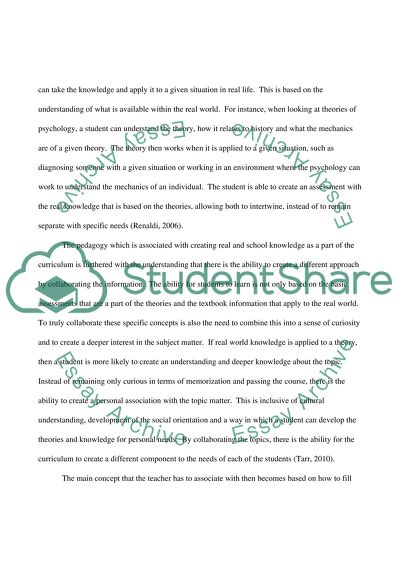Pragmatics of Learning and Teaching Essay Example | Topics and Well Written Essays - 750 words. Retrieved from https://studentshare.org/education/1437301-pragmatics-of-learning-and-teaching
Pragmatics of Learning and Teaching Essay Example | Topics and Well Written Essays - 750 Words. https://studentshare.org/education/1437301-pragmatics-of-learning-and-teaching.


